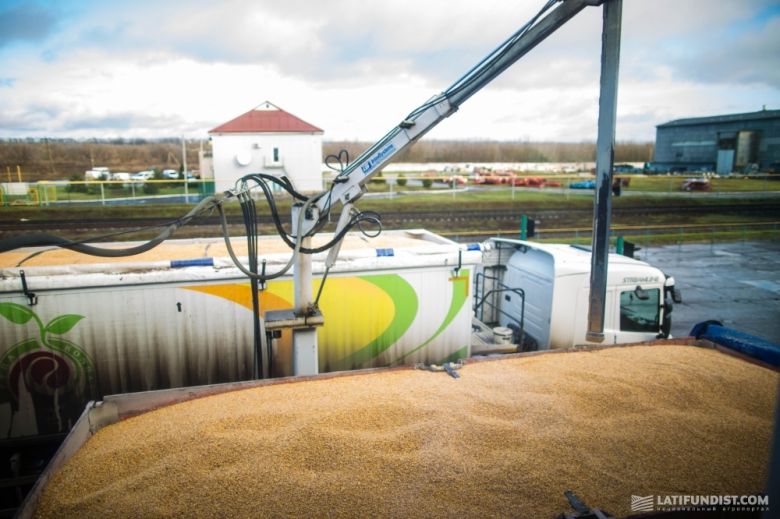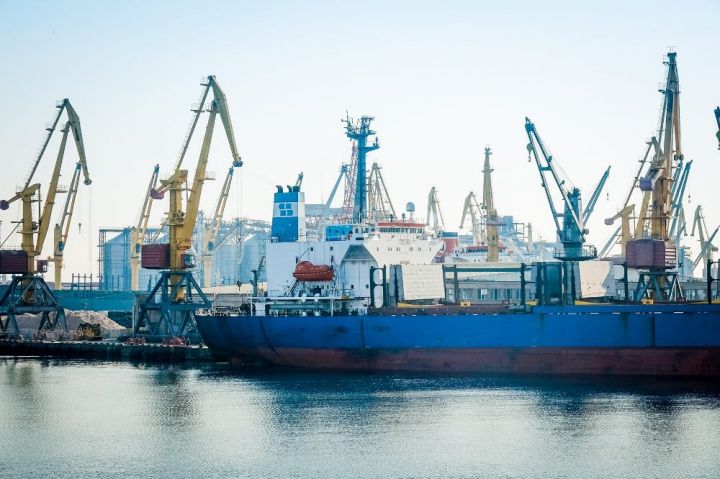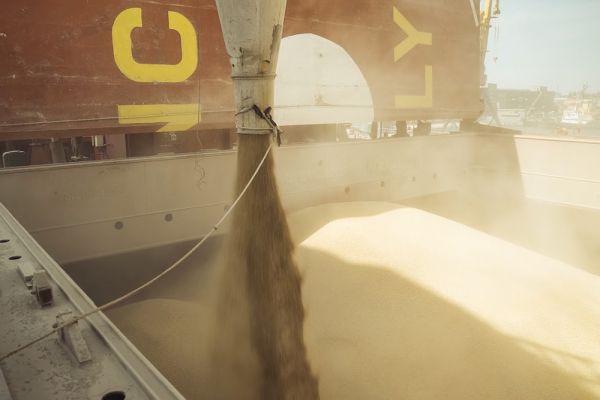Some Great Stories of a Surveyor
The fact that you find a buyer for the grain and secure the logistics to the port, unfortunately, does not give any guarantee of successful completion of the deal. After all, when it comes to shipping, there can be a mass of "pitfalls", sometimes literally. And if you are a buyer, sampling also does not give confidence in the quality of the purchased commodities. Andrey Yefimov, co-founder and director of Black Sea Survey, tells about the most common cases that arise at the final stages of the transaction.
Many of you know firsthand what a surveyor is and why a qualified surveyor is crucial for many tasks associated with the conduct of export-import activities or unloading and loading operations.
Today I want to share with you some true stories from my professional experience. These good stories will answer essential questions: why does one need an independent surveyor and how can he help?
TOP 5 situations from personal experience
5th place
Pre-shipment inspections. We received a request from a Chinese customer. The request informed us that their company was going to buy a small consignment of cargo from a warehouse in Ukraine. Our task was to control the process of loading in the container and count the quantity of cargo. The customer gave the name of the sender company, the legal address and contact of the representative.
The phone number was Ukrainian, but it was out of service. It turned out that he answers in a messenger and doesn't speak Russian at all (and Ukrainian), only bad English. The case smelled fishy, we decided to check the company and visit the office. The sender's website stated that they export such cargoes as alcohol, coal, wood, vegetables, grain, meat, nuts, butter, dried fruits and paper. It's suspicious! Anyway, we came to the office, and there was no office at the address given. The representative stopped answering the messages and calls. A few days later, he contacted us and informed that his wife was giving birth that day and set another day for the meeting. The other day we arrived, but the result was the same. He stopped contacting us at all. There were no shipments, of course.
The customer thanked us for our attempts to complete the work.
4th place
Pre-loading inspection of vehicles and ship's holds cleanness.
It's hard to single out an isolated incident here. In my practice there were many cases when the containers for grain arrived smelling of chemistry, railway cars came with holes. The task of a surveyor is to thoroughly inspect the vehicle and prevent loading into such vehicles. As for the ships, there were cases when they came with coal residues in the holds: some captains contrived to paint over coal residues on the walls, but the smell immediately gave them away. If the cargo is loaded in such holds, problems with its quality upon unloading are unavoidable.
3rd place
Surveyor control (express testing for the presence of GMOs) when loading GM crops in the rail cars at the elevators in Ukraine.
At elevators, sampling is most often performed with a probe from an already loaded rail car, but this cannot be done! International standards require that testing is carried out in the flow during loading. Each rail car has a so-called "blind spot" (the three lower hatches) where the three-metre long probe does not reach. If a GM product is loaded into this area, you may not be able to detect a GMO when sampling from a loaded car. As an example from my practice: during the arbitration of a rail car with rapeseed on one of the terminals, GMO was not detected at the upper levels, but the sampling during the unloading of the rail car detected more than 5% of GMO.
2nd place
You must remember the joke "at the mother-in-law's funeral, two accordions were broken". Well, in my case, one can paraphrase: "two probes were broken when receiving wheat".
Wheat-loaded trucks arrive. We check the quality before unloading. We start sampling, the tip breaks. We think we hit the rib. Then we immerse the second probe in another place: the second tip breaks. Something is wrong. When the terminal started unloading, it turned out that there were small rocks at the bottom instead of wheat. Naturally, for a weight to be larger than the actual.
This case amply demonstrates the need for a surveyor to work right at the loading point.
Unsupervised grain shipments often lead to bad situations or unexpected expenditure.
1st place
Control of cargo quantity when barges and vessels are loaded. There was a case when weight control at the river terminal was carried out by means of vehicle re-weighting. Accordingly, the total weight upon the vehicle re-weighting was planned to be reflected in the bill of lading. However, after the re-weighting, the shipper loaded part of the cargo via the conveyor belt onto the barge and part of the cargo back into the warehouse, which is impossible to notice. Only double weight control helped us to identify this "trick". Our inspector additionally made Draft Survey of the barge (determining the weight by the draft of the ship or barge), and according to his calculations, the shortage was 200 tons.
This story ended well for our customer thanks to a qualified surveyor, and the bill of lading was issued according to the weight of the Draft Survey. And the results of our calculation were confirmed by another independent surveyor during the transshipment of cargo from the barge to the vessel.
There are a dozen or more cases when the cargo of poor quality arrived, was either damaged or wet. Sometimes even the cargo damaged the container itself, for example, the container. In such cases, a survey report can help insurance companies or even in court.
And finally, I would like to add that a reliable surveyor is like a glass of wine for the night: it improves your sleep and prevents from going grey.
Andrey Yefimov, co-founder and director of Black Sea Survey






